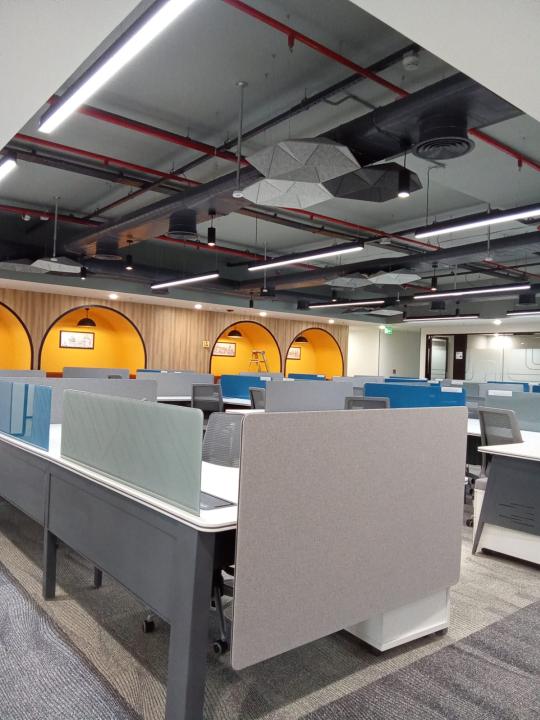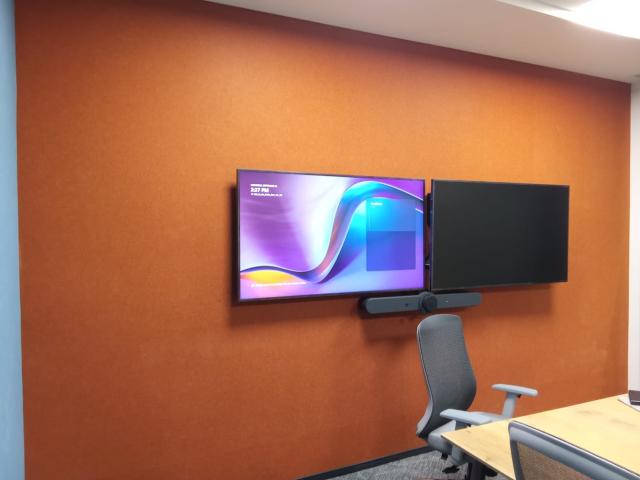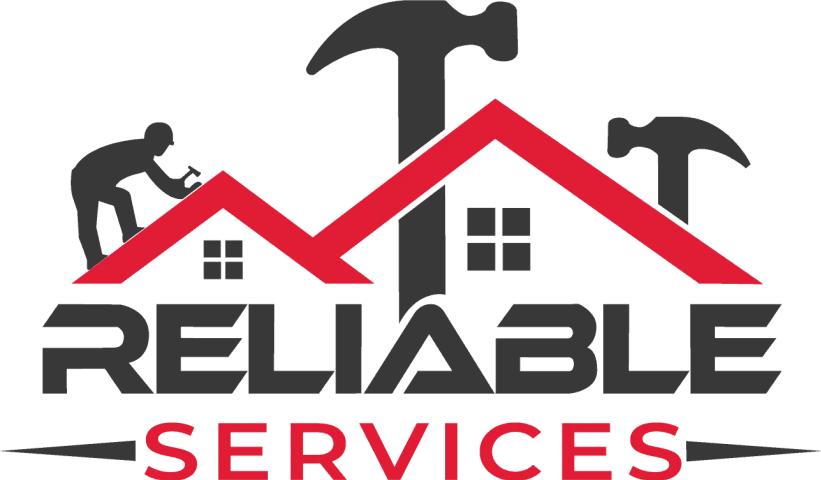In today's world of dynamic workspaces, open offices, and multipurpose environments, the demand for effective acoustic materials has risen dramatically. Poor acoustics can hinder productivity, increase stress, and even reduce overall comfort in a room. Fortunately, advancements in acoustic materials have provided quick and efficient ways to create soundproofed, balanced spaces without requiring extensive renovations. Here, we explore the top installation techniques for popular acoustic solutions like PET acoustic panels, wooden acoustic panels, Mass Loaded Vinyl, and acoustic baffle ceilings.
Pre-Planning: Essential for Efficient Installation
Effective acoustic installation starts with thorough planning. Understanding the acoustic needs of a space can significantly improve the results. Decide on the acoustic goals—whether to reduce noise, enhance speech clarity, or control reverberation. Once these objectives are defined, you can select the best materials and ensure that installation is quick and effective.
Installing PET Acoustic Panels: Lightweight and Versatile
PET acoustic panels are some of the easiest materials to work with due to their lightweight and flexible structure. Made from recycled polyester fibers, these panels are not only eco-friendly but also highly effective at absorbing mid-to-high frequencies, making them suitable for offices, classrooms, and meeting rooms.
Installation Tips:
Wall-Mounted Installation: PET Acoustic panels can be easily adhered to walls with strong adhesive tape or mounting clips. To avoid damaging walls, consider using removable adhesive products that provide strong holds without permanent attachment.
Ceiling Mounting: PET acoustic panels can also be suspended from ceilings. For faster installation, use cable systems or simple hooks designed for ceiling applications. The panels can then be arranged to form an acoustic canopy or grid.
Direct Gluing: For permanent installations, PET panels can be directly glued to surfaces using high-tack adhesives that offer a robust hold.
Due to their flexibility and variety in thicknesses, PET acoustic panels allow designers to create visually interesting patterns, enhancing both aesthetics and acoustics.
Leveraging the Warmth of Wooden Acoustic Panels
Wooden acoustic panels add elegance and warmth to a space while effectively reducing unwanted noise. These panels come in various wood finishes and perforation patterns, and their natural textures add a refined touch to interiors.
Installation Tips:
Modular Wall Mounts: For efficient installation, choose wooden panels with modular designs. Many wooden acoustic panels come in prefabricated sections that can be attached to the wall using mounting strips or concealed brackets. This modular approach minimizes alignment issues and reduces the installation time.
Suspended Wooden Acoustic Panels: These panels can also be suspended as ceiling clouds or baffles. Mounting brackets can be used to create a floating look while controlling sound diffusion. Installing wooden acoustic panels this way also allows for easier adjustments or removals if redesigning the space is needed.
Use of Clips and Rails: Installing wooden panels with clip or rail systems can save time and prevent warping or misalignment over time. Clips and rails secure panels tightly, making it easier to remove or replace individual panels as needed without disturbing the entire installation.
Using wooden acoustic panels can transform the room’s acoustics while preserving or even enhancing the aesthetic appeal, making them ideal for sophisticated spaces like conference rooms, auditoriums, and even upscale residential interiors.
Mass Loaded Vinyl (MLV): Quick Soundproofing for Walls and Floors
Mass Loaded Vinyl is an effective barrier material for blocking airborne sounds, especially at low frequencies. It’s ideal for both walls and floors where soundproofing needs are high. MLV is particularly popular in apartments, recording studios, and home theaters where sound containment is crucial.
Installation Tips:
Direct Wall Application: One of the fastest ways to install Mass Loaded Vinyl is to directly adhere it to the walls with a spray adhesive or tack staples. Measure the area accurately and cut the MLV to fit wall dimensions. Overlap seams for optimal soundproofing.
Under Flooring: MLV can also be laid under carpets or floorboards. To install, simply roll out the MLV across the floor, ensuring there are no gaps, and secure it with adhesive or staples. Add a layer of underlayment or carpet padding on top to enhance its effectiveness.
Drywall Sandwiching: For ultimate soundproofing, Mass Loaded Vinyl can be sandwiched between layers of drywall. Install a layer of MLV on the existing drywall, then add a second layer of drywall over it. This “sandwich” method boosts sound isolation, especially for rooms with heavy soundproofing needs, such as music studios.
With Mass Loaded Vinyl, the application process is straightforward, but the material is dense, so enlisting help can speed up installation, especially in large spaces.
Acoustic Baffle Ceilings: Maximizing Acoustic Absorption Overhead
Acoustic baffle ceilings are an effective way to control noise in open or high-ceiling spaces. These baffles, often made from foam, fabric, or wood, are suspended vertically from the ceiling, allowing sound to diffuse evenly across the space. Baffle ceilings are excellent for large areas like open-plan offices, cafeterias, and auditoriums, where noise control can be challenging.
Installation Tips:
Suspended Cable Systems: One of the fastest ways to install acoustic baffle ceilings is to use a cable system. This allows each baffle to be individually hung and adjusted for height. Arrange them at uniform intervals to cover the maximum surface area.
Direct Hanging with Hooks: Baffles with built-in hooks can be directly attached to ceiling rods or grid structures, reducing the need for additional suspension hardware. This method is especially quick in spaces with an existing grid ceiling system.
Creating Patterns for Aesthetics and Functionality: By installing acoustic baffle ceilings in a checkerboard or linear pattern, you can combine acoustic functionality with design. This approach adds visual interest while enhancing the effectiveness of sound absorption.
Acoustic baffle ceilings are customizable in terms of color, size, and shape, allowing you to tailor the look to the room’s interior design. They also contribute to ambient lighting diffusion, making them a multi-functional solution.
Final Thoughts
The demand for efficient and aesthetically pleasing acoustic materials is at an all-time high, and installation methods have evolved to meet the needs of fast-paced construction and design projects. Materials like PET acoustic panels, wooden acoustic panels, Mass Loaded Vinyl, and acoustic baffle ceilings not only provide excellent sound control but are also designed for easy, quick installation, making them perfect for both professional and DIY settings.
Whether you are dealing with a bustling office, a quiet home studio, or a vibrant open floor plan, these materials and techniques can transform your space acoustically without extensive downtime. With a bit of planning and the right installation methods, achieving a well-balanced sound environment is faster and easier than ever before.









